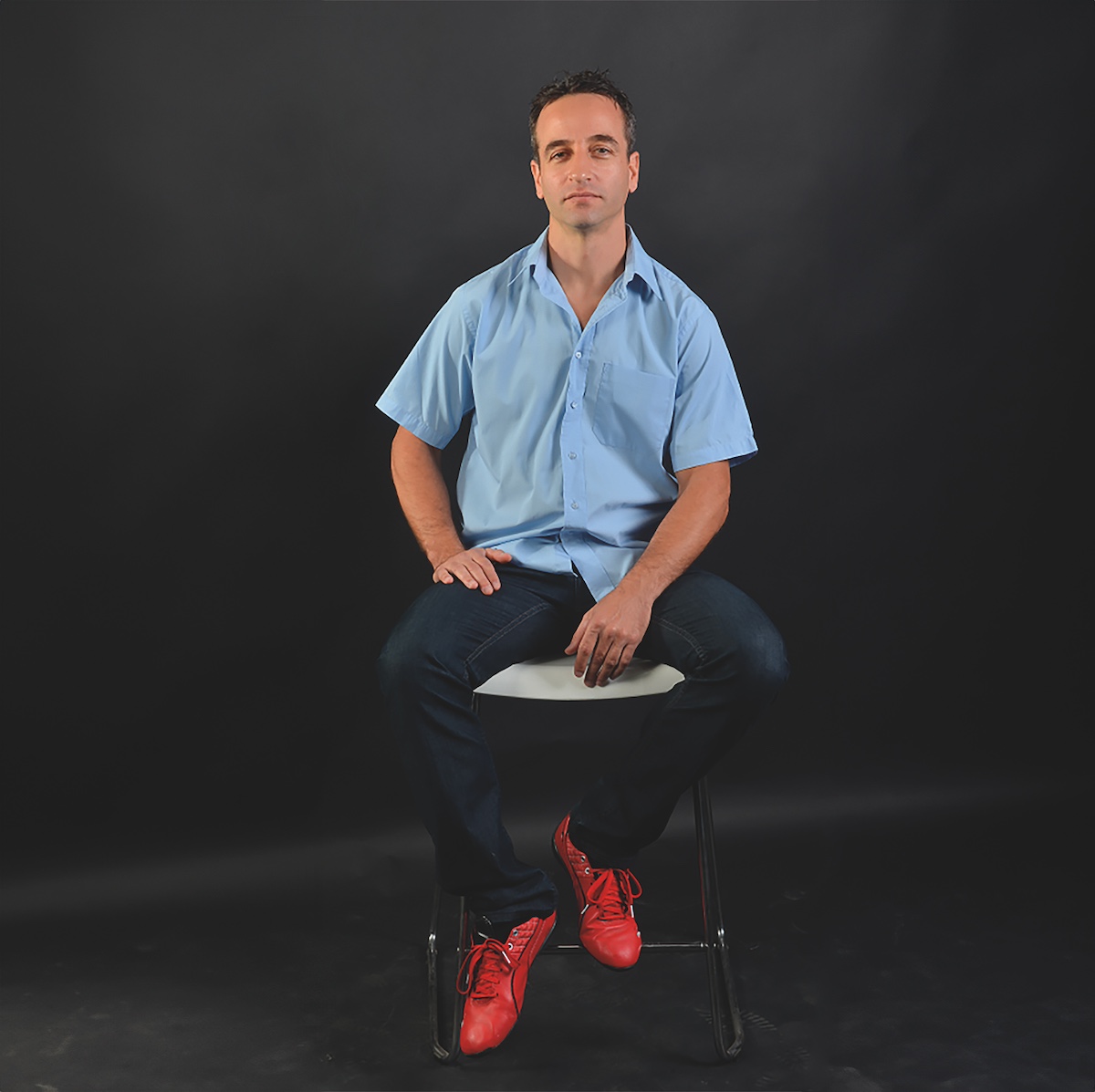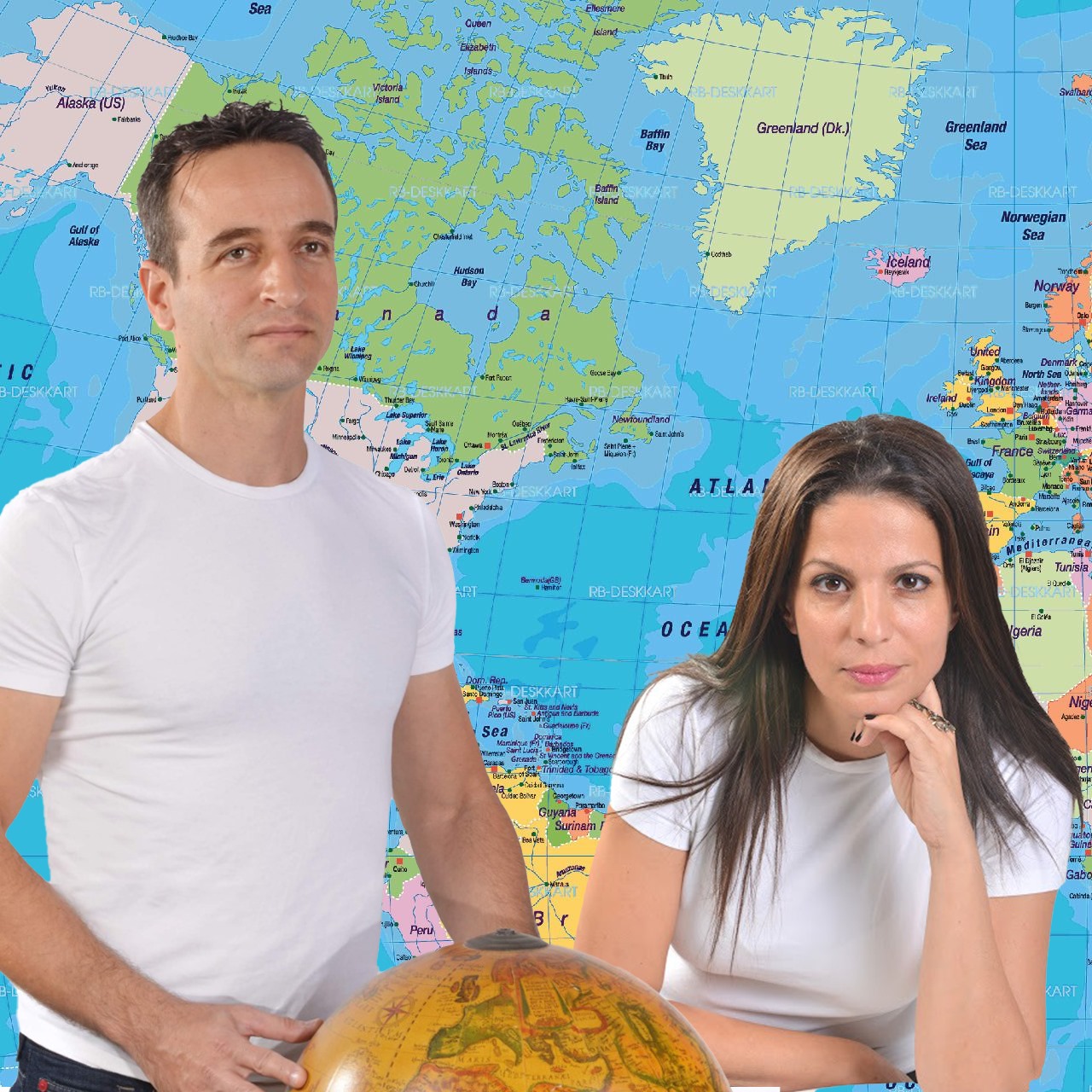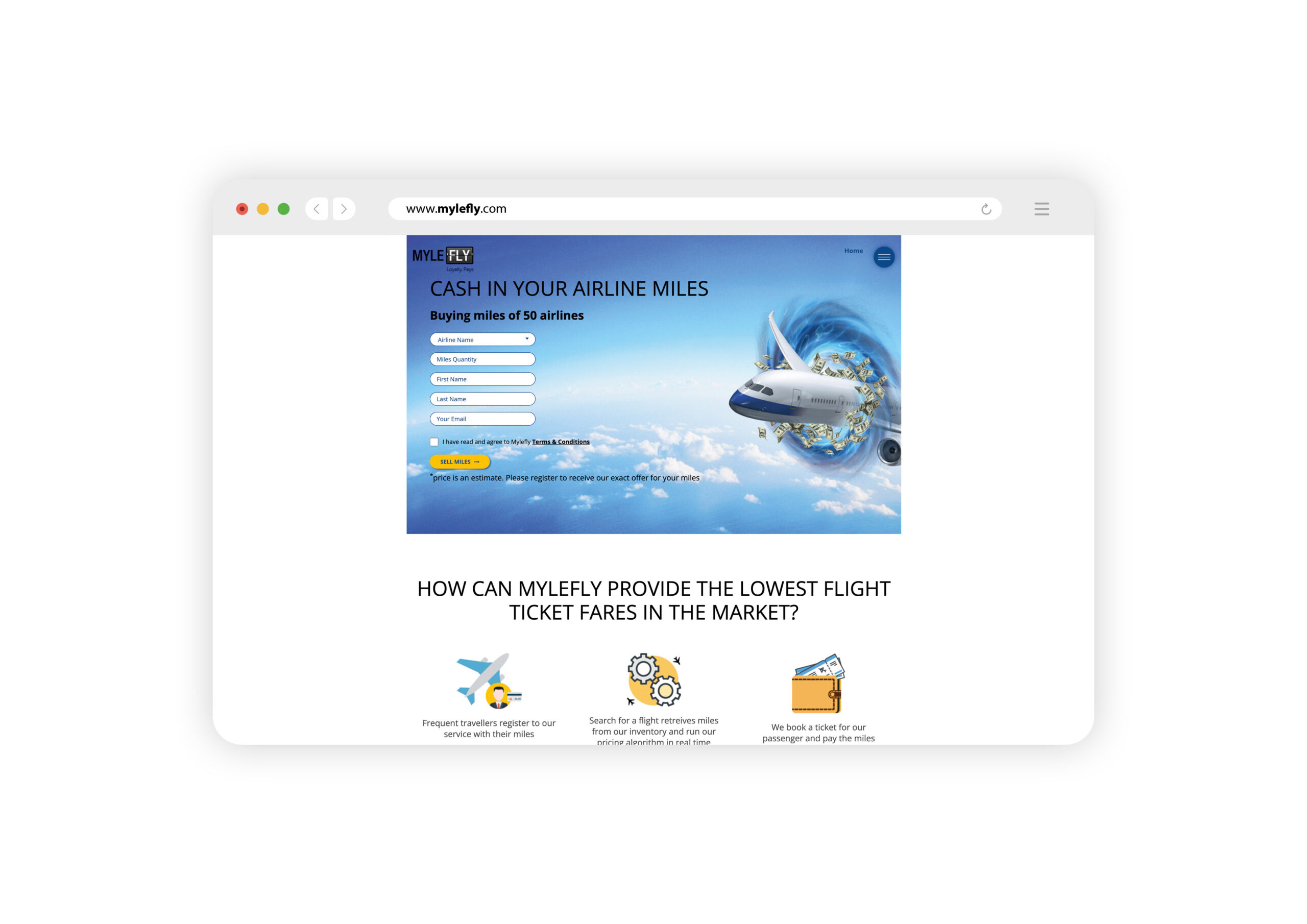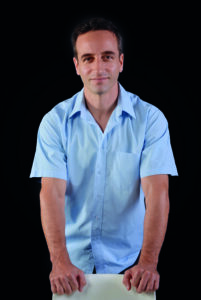
Tal Moskovich, Founder of MyleFly
Text: Tal Moskovich, Founder & CEO of Mylefly; Edit: Martina Hošková; Photo: Yehudit Hofman
A growing number of frequent flyers are beginning to look for ways to trade their miles and hotel points, converting them into actual cash. My own frustrating experience of accumulating miles, only to realise later how limited the ways of using them are, led me to recognise a market failure. Creating a secondary market where frequent flyers could sell their miles would provide a much-needed solution.
Encountering a significant market gap
While working for a subsidiary of France Telecom, I frequently travelled and collected miles across various airline loyalty programs. When I tried to use these miles for a family vacation, I realized the severe limitations in availability, especially during peak seasons. This frustration led me to recognize a widespread market failure affecting frequent flyers like myself. After over two years of in-depth research, I discovered that airlines owe more than $500 billion in miles to frequent flyers. I knew that creating a secondary market, where frequent flyers could sell their miles, would provide a much-needed solution.
I’ve always been fascinated by how technology can improve our lives, particularly through financial models. This fascination led me to establish MyleFly. Airline miles and hotel points trading is gradually being adopted by frequent flyers, and MyleFly is at the forefront of this change in Europe. It is the leading brand for frequent travellers looking to convert their miles into actual cash.
We simplified our model MyleFly initially aimed to be a trading platform for miles. However, due to the complexities of mile valuation and regulatory limitations, we simplified our model. Today, we buy miles and points from over 50 airline and hotel programs directly from individuals, and sell them as award tickets to a global network of travel agencies specializing in mileage flights.

From right: Gal Mor, VP of People & Operations and Tal Moskovich
Frequent flyers can check the prices we offer on our website. If they are interested, they submit a request to sell, receive an official price offer, and then provide access to their airline program. We use the miles and pay them, or they go through a short verification process, receive payment upfront, and then provide the credentials to their loyalty program. Once the miles are used and flights are flown, the frequent flyer can change the account access details. This process has evolved to become much faster and more straightforward.
Pricing miles is complex, which is why we shifted from a trading platform to setting rates ourselves based on the market value of miles. The price per mile is influenced by several factors, including the terms of the loyalty program, airline taxes, the flexibility to use miles with airline partners, and the ability to convert credit card points to airline miles. For example, miles value can decrease dramatically due to certain credit card promotions in different continents.
Given these variables, we set the price per mile as a derivative of the market value, considering all real-time market conditions.
Disrupting the market brings challenges
Our business model allows the use of miles without the need for limited award flight availability, and converts miles to cash. However, airlines prefer that miles remain untraded, which hinders our ability to automate more of our workflow. Additionally, some frequent flyers are intimidated by airlines’ opposition to this model, making it challenging to gain widespread adoption. Despite these challenges, we are seeing increased traction and recognition from the industry, with more frequent flyers registering for our service and referring others.
As an entrepreneur, you must always remember that the key is to identify a real problem that needs solving. Don’t create technology for its own sake; focus on how your innovation can genuinely improve people’s lives. Be prepared for constant learning and adaptation. The tech industry moves rapidly, and what’s cutting-edge today might be obsolete tomorrow. Stay curious, keep learning, and be ready to pivot when necessary. I can say that determination is crucial.
Even with thorough research and a solid business model, the journey will be long and challenging. If you know your industry, have a robust business model, and a good solution, keep moving forward and find answers to every obstacle. Every problem can be seen as a challenge, and once solved, it becomes an advantage.
In our view, the lack of a secondary market for miles and flights, despite the existence of alternative markets in the travel industry (e.g. Airbnb for hospitality and Uber for transportation), indicated a significant need. We were ready to build a solution to address this gap, and make it happen.

 TAL MOSKOVICH is a 52-year-old tech enthusiast with a passion for exploration, founder and CEO of MyleFly startup. Growing up in Tel Aviv, he was surrounded by a vibrant startup ecosystem that nurtured his entrepreneurial spirit. His interest in financial markets led Moskovich to pursue a BA in Economics and later an MBA. He also became a lecturer in advanced financial topics (Futures and Derivatives) at the College of Management Academic Studies in Israel. Concurrently, he gained valuable experience working for major tech companies and startups, which provided insights into how technology can transform industries. His MyleFly stands at the forefront of this change in Europe. It is the leading brand for frequent travellers looking to convert their miles into actual cash.
TAL MOSKOVICH is a 52-year-old tech enthusiast with a passion for exploration, founder and CEO of MyleFly startup. Growing up in Tel Aviv, he was surrounded by a vibrant startup ecosystem that nurtured his entrepreneurial spirit. His interest in financial markets led Moskovich to pursue a BA in Economics and later an MBA. He also became a lecturer in advanced financial topics (Futures and Derivatives) at the College of Management Academic Studies in Israel. Concurrently, he gained valuable experience working for major tech companies and startups, which provided insights into how technology can transform industries. His MyleFly stands at the forefront of this change in Europe. It is the leading brand for frequent travellers looking to convert their miles into actual cash.

